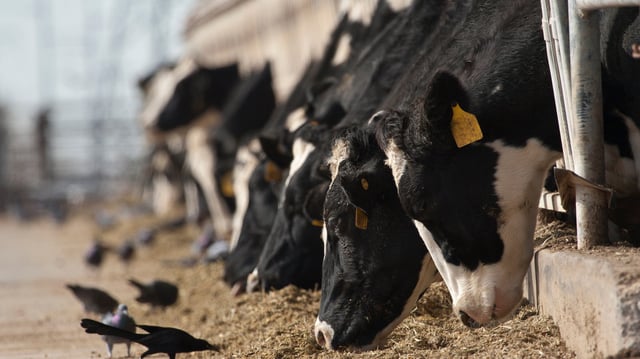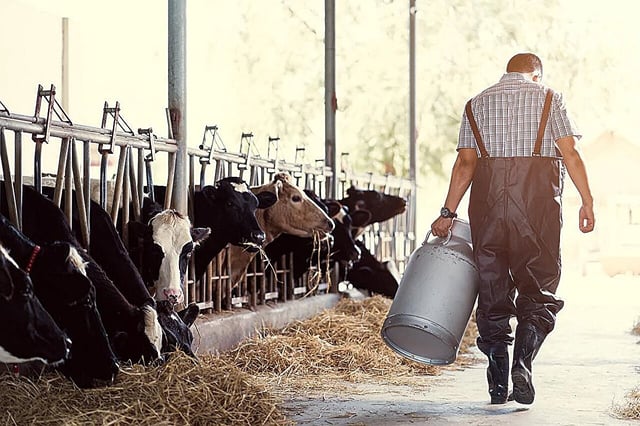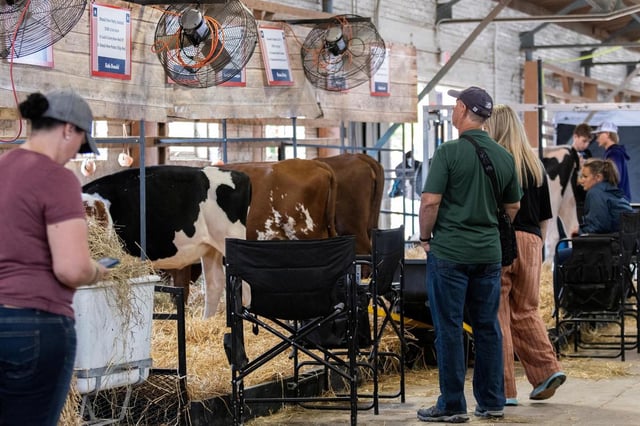Overview
- A preliminary bioRxiv study detected live H5N1 in milking-parlor air samples, indicating airborne transmission potential to cattle and farmworkers.
- Researchers found H5N1 in water used to clean parlors and equipment, suggesting a waterborne spread pathway on dairy farms.
- USDA still cites milking equipment and farm traffic as chief vectors but acknowledges that airborne and waterborne findings may prompt updated control measures.
- CDC maintains that the general public faces low risk while warning that dairy workers and others with close animal contact have elevated exposure.
- Asymptomatic infections in cattle and the study’s non–peer-reviewed status highlight surveillance challenges and reinforce calls for stronger biosecurity and further validation.


